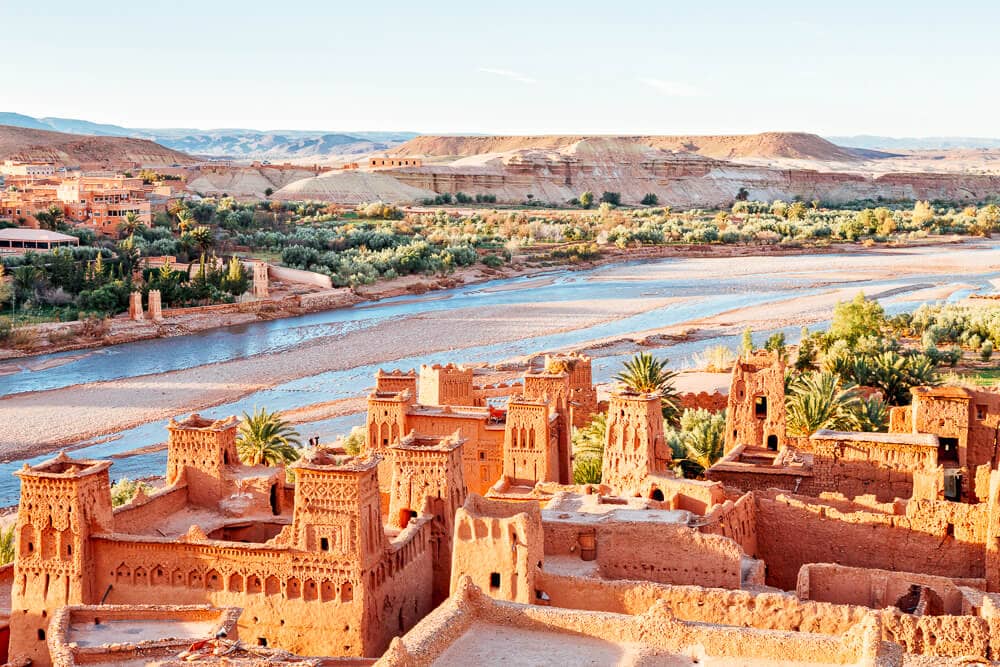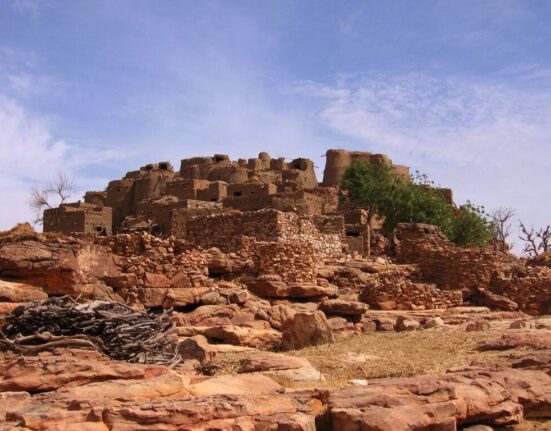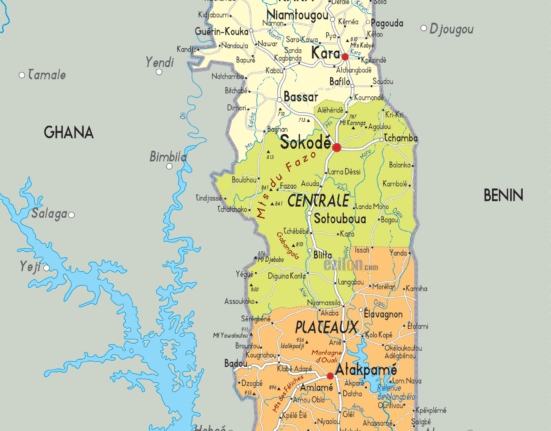In the heart of southern Morocco lies the enchanting Ksar Aït Ben Haddou, a mesmerizing UNESCO World Heritage Site that has become a magnet for Chinese tourists seeking cultural immersion. As the sun rises over the ancient village, groups of visitors from China eagerly explore its historic streets, adorned with traditional Moroccan crafts and bustling with vibrant energy.
Xihao Chen, a tourist hailing from Shanghai, expresses his fascination with Morocco’s rich tapestry of cultures, saying,
“The main reason I chose Morocco is for multiple cultural reasons. Morocco is a blend of Arab, Berber, African, and European culture. So the cultural diversity attracted me to come to Morocco.”
This sentiment echoes among many Chinese travelers who find themselves captivated by the country’s unique blend of influences.
Walking through the stone alleys and ascending towards the pinnacle of Ksar Aït Ben Haddou offers panoramic views that leave visitors like Xiu Meng Qi in awe. Qi shares her inspiration for visiting Morocco,
“One of the main reasons I chose to travel to Morocco this time is because I watched a North African film, which made me very fascinated by Casablanca and the customs and culture of Morocco.”
Tour guides like Wu Xiao highlight how Morocco’s diverse landscapes serve as a major draw for Chinese tourists. Xiao explains,
“The landscapes in Morocco are very different from those in China. For example, there’s the Sahara Desert described in Sanmao’s writings, the ‘Red City’ of Marrakech, and the ancient city of Fes which evokes an old yellow-hued civilization.”
The allure of experiencing such varied environments contributes significantly to China’s growing tourism numbers in Morocco.
According to tourism researcher Zoubir Bouhoute, there has been a remarkable surge in Chinese tourist arrivals over recent years. Bouhoute notes,
“Before 2016, there were fewer than 10,000 Chinese tourists. However, after the decision by the King of Morocco to cancel visa requirements… their numbers saw significant growth until reaching over 140,000 tourists in 2019.”
This exponential increase underscores China’s burgeoning interest in exploring Moroccan culture and heritage.
Beyond sightseeing adventures at Ksar Aït Ben Haddou lies another essential aspect of travel – culinary exploration. Judy Su from Shanghai savors her first taste of Moroccan cuisine exclaiming delightfully about local dishes like pumpkin soup and meat tagine paired with soft Moroccan bread. Her experience reflects how gastronomy plays a vital role in enhancing travel experiences for Chinese visitors.
As these curious explorers bid farewell to one stop on their Moroccan journey and venture towards new horizons aboard awaiting buses – laden with memories and souvenirs – it becomes evident that their quest for cultural enrichment continues beyond borders.









Leave feedback about this